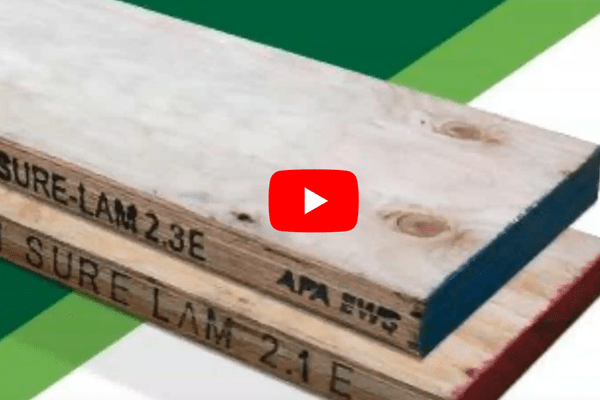By their nature, work sites are fluid and ever-changing. In order to complete the main structure, smaller, temporary structures like scaffolding are often necessary. Scaffolds are commonly used because they are relatively inexpensive, easy to set up, and easy to remove. They offer a quick and adaptable way to meet job site’s challenges.
Bricklayer and masonry scaffolding are essential facets of many construction sites. The scaffolding’s role is to provide a safe and sturdy platform that allows multiple masons and construction professionals to work on a project simultaneously at elevated heights.
What is Masonry Scaffolding?
There are two main types of scaffolding one might encounter on a construction site: supported scaffolds and suspended scaffolds. The most common subtype of supported scaffolding is known as masonry scaffolding or bricklayer scaffolding.
On their most basic level, masonry scaffolding consists of a metal frame with planks inserted. Those planks serve as both a work surface and a ledge on which to stand. The key elements of the scaffolding’s design include:
- Standards (vertical portion of frame)
- Ledgers (horizontal portion of frame)
- Braces (diagonal cross-beams attached to standards)
- Putlogs (beams that stabilize the frame against the wall)
- Boarding/planks (work surface)
While scaffolding allows laborers to work with an augmented reach, there are numerous safety standards in place to ensure that platforms are stable during operation. For starters, careful inspection of the scaffolding must be performed at the outset of each shift, as stipulated by OSHA.
The overall scaffold must not exceed a 4:1 ratio between the height and the base. Each of the planks must have 1-inch clearance between them, and they must overhang the edge of the standard by 6 inches — unless the plank exceeds 10 feet, in which case it must overhang by 18 inches. In terms of load capacity, each plank must be able to support up to 4 times the weight of the people, equipment, and materials upon it.
Guardrails are an incredibly important aspect of scaffolding safety. The regulations may vary slightly based on state guidelines but are largely based on OSHA requirements. In general, guardrails must be in place if the scaffold is 10 feet tall and the rails must be present on all open sides. In certain locations that are superficially above water, the minimum height can be as low as 5 feet. Additionally, each plank must have a 4-foot high toe-board installed on the outer edge to prevent materials from falling on laborers or other passersby below.
The Advantages and Disadvantages of Scaffolds
As with any worksite solution, there are both pros and cons involved with the use of scaffolding. Some of the benefits include:
- Masonry scaffolding provides a safe and convenient surface for masons, bricklayers, and other workers to operate.
- Scaffolding provides better support and safer access to out-of-reach areas than ladders.
- Scaffolds allow precision work at elevated heights up a building’s facade.
The cons associated with scaffolding are more complex and have to do with the proper setup:
- If scaffolding isn’t built using the right material for the job site conditions, it can have disastrous effects.
- A poorly assembled scaffold is likely to collapse or become easily overloaded.
Kennison Forest recommends our MSR Solid Sawn Scaffolding Planks. They are designed to exceed OSHA standards and endure under even the toughest of loads.
Scaffolding Planks From Kennison Forest
Properly assembled masonry scaffolding is an essential job site fixture, providing skilled craftsmen and laborers with a safe platform that allows them to access elevated work areas. It is important to match scaffolding and component materials to the specific application to ensure worker safety. Kennison Forest offers a full line of quality scaffolding planks that can withstand even the toughest material loads.
To see how our scaffolding planks can support your building project, please contact us today.

